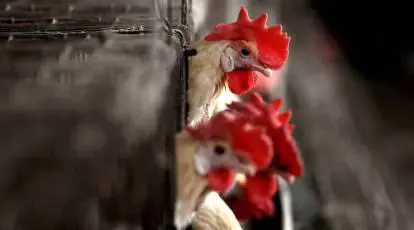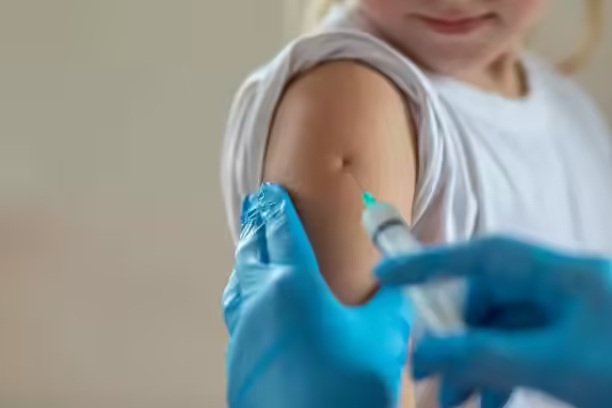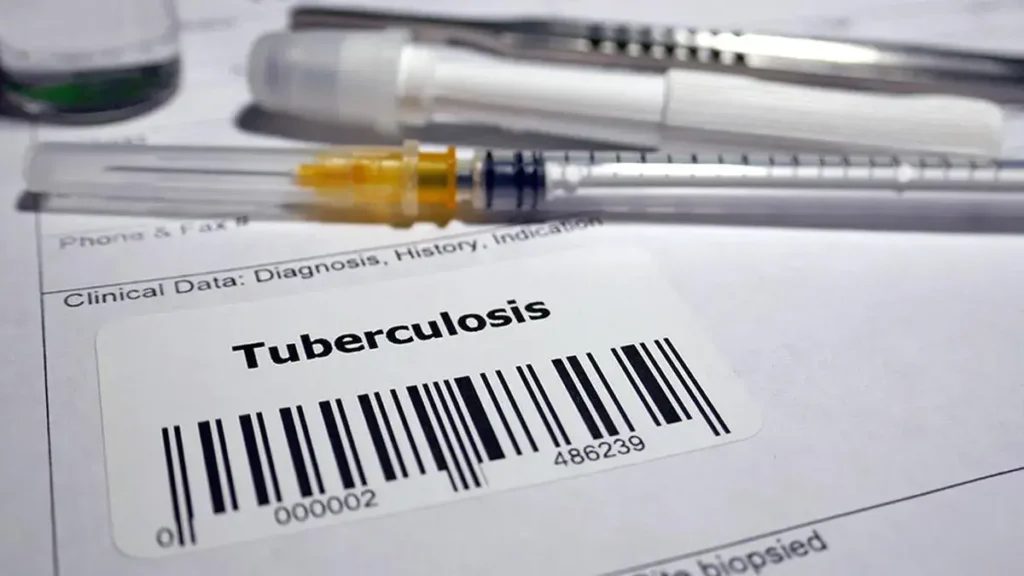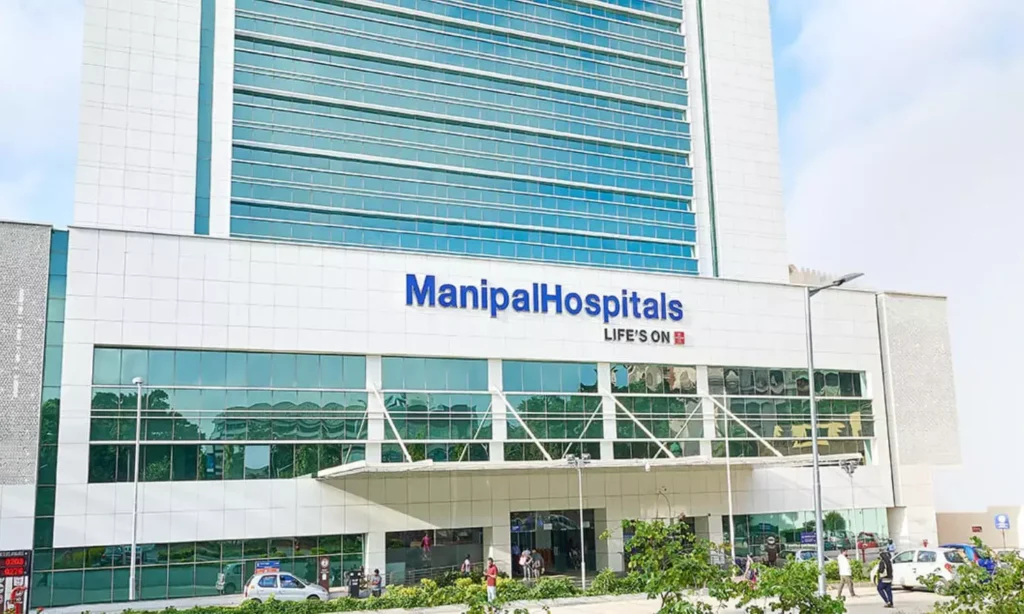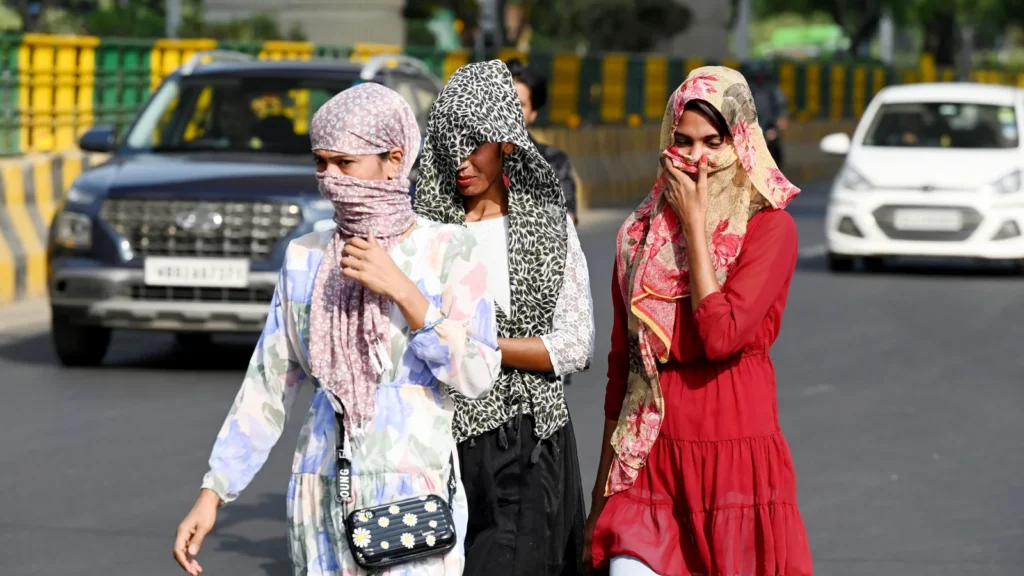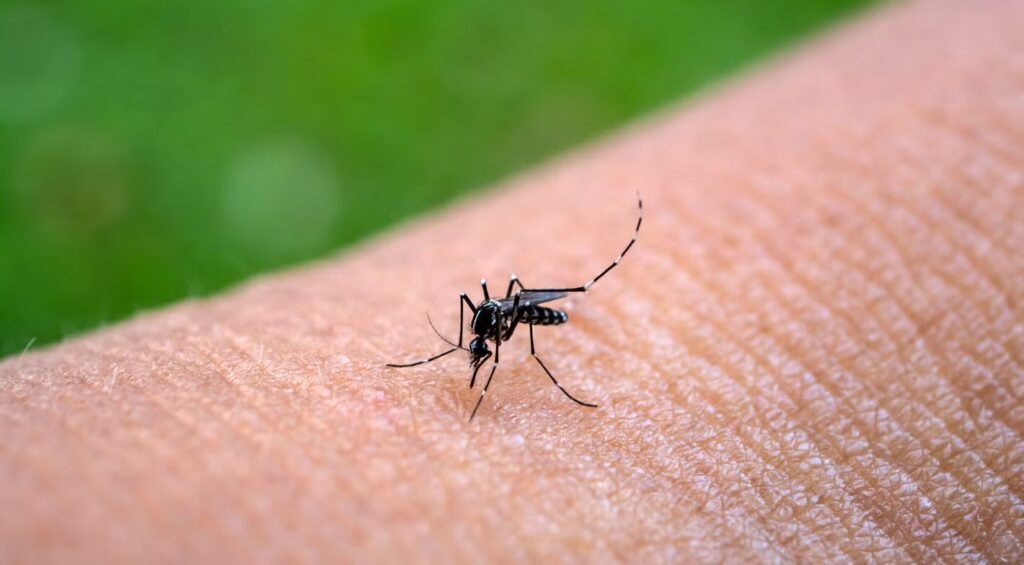Daily Almond Intake of 60 Grams Found to Shield DNA and Combat Oxidative Stress
Almonds may be more than just a crunchy snack — they could be a powerful ally in protecting your health at the cellular level. New research suggests that consuming at least 60 grams of almonds a day can significantly reduce oxidative stress and safeguard DNA from damage. Oxidative stress, caused by an overload of harmful free radicals, accelerates aging, inflammation, and chronic disease risk. Almonds, rich in vitamin E, antioxidants, flavonoids, and healthy fats, act as natural defenders, helping neutralize these free radicals and strengthening the body’s resilience. According to the study, individuals who included over 60 grams of almonds in their daily diet showed notable improvements in antioxidant activity and reduced markers of oxidative stress. This directly translates into better DNA protection, healthier cells, and potentially slower signs of aging. Earlier clinical evidence also supports this. A landmark randomized trial with young male smokers who consumed 84 g of almonds daily recorded a 28% drop in oxidative DNA damage, a 34% reduction in lipid peroxidation, and a 23% decline in DNA strand breaks, proving almonds’ protective benefits even under high-stress conditions. The “60 g threshold” is now being recognized as a key benchmark. That’s about 40–45 almonds per day, roughly two servings — enough for the bioactive compounds in almonds to activate their strongest protective effects. While smaller amounts still offer health benefits, crossing this intake level seems to unlock greater antioxidant potential. Beyond heart and brain health, almonds are emerging as a natural superfood for DNA protection. Their vitamin E helps shield cell membranes, while polyphenols and flavonoids reduce inflammation and support vascular health. Together, they slow down cellular wear and tear linked to aging, cancer, diabetes, and cardiovascular disease. Experts emphasize that consistency is crucial. Incorporating almonds daily — whether eaten raw, roasted, blended into smoothies, or sprinkled over meals — makes it easy to hit the 60 g mark. This growing body of evidence reinforces almonds as more than a nutritious snack: they are a long-term investment in wellness, helping preserve genetic material, reduce disease risks, and support healthier aging. Source: TOI
Daily Almond Intake of 60 Grams Found to Shield DNA and Combat Oxidative Stress Read More »


